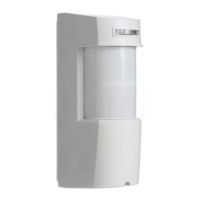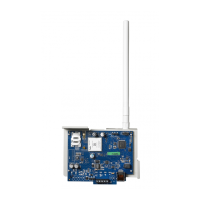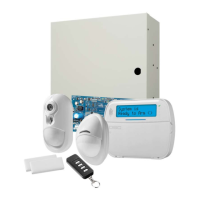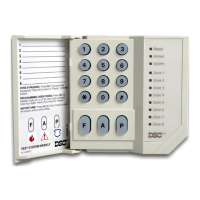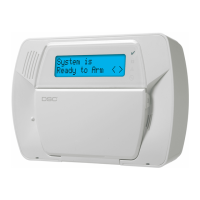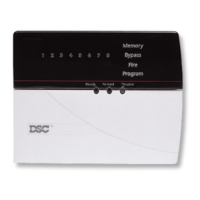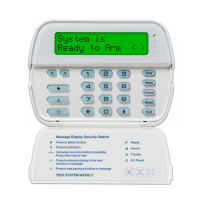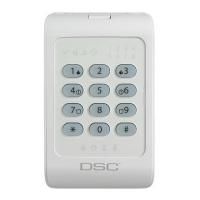TL280LE(R) / TL280LE-EU /
TL280LE-LAT / TL280LE-AU
Internet and LTE/HSPA Dual-Path Alarm
Communicator
LE2080(R) / LE2080-EU / LE2080-
LAT / LE2080-AU
LTE/HSPA Alarm Communicator
3G2080(R)E
HSPA Cellular Alarm Communicator
TL2803G(R)E
Internet and HSPA Dual-Path Alarm Communicator
TL280(R)E
Internet Alarm Communicator
Installation Manual 5.X
Warning: This manual contains information on limitations regarding product use and function and information on the
limitations as to the liability of the manufacturer. The entire manual should be carefully read.
Please note that not all models and features listed are available in all markets.




